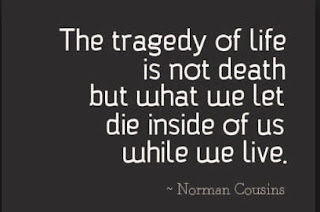Pageviews by Countries
My blog's readers, almost 650,000 currently, a typical week later....
And this review by Judy Herrmann, among many, mostly 5 star, of my book, The Tales of a Stroke Patient, available from most online sellers like Amazon (http://www.amazom.com) and Barnes and Noble (http://www.bn.com). If you don't mind a used book, check out http://www.biblio.com.
Strokes happen suddenly; one moment you are healthy and the next, poof, your brain is messed up and your body doesn't work the same any more. Joyce Hoffman shared the personal experience of her stroke, first as a blog, then as this book. She wrote partly to help other people.
As a stroke survivor myself, I have been reading anything I can find about strokes. It is not easy to find stories like this about people's personal experiences. But emotionally, it helps my recovery to read about other people's recoveries. Reading Joyce's book was like having many long conversations over time with Joyce about her stroke recovery. Joyce tells it like she sees it, and this makes her book all that more enjoyable, like sitting down with one of your good friends over lunch, listening to what they have been up to.
The various speech (covering cognitive, swallowing and actual speech), occupational (which includes activities of daily living and upper body recovery) and physical therapists treated Joyce well and helped her in her recovery. The CNA's (Certified Nursing Assistants) were another story. Patients sometimes had to wait inordinately long times after pressing the call button only to be faced with a rude CNA. I won't tell you any more about Joyce's experiences, but there are not pleasant to read.
Lastly, Joyce has several thought provoking topics such as bibs, and the ease of using wheelchairs in stores. I recommend this book for anyone who has had a stroke as well as their friends and relatives.
------
Thanks, Judy. You nailed it!
One more thing: Anuj Agarwal who is the founder of Feedspot awarded me and 24 others this honor:
Thank you, Anuj, for this great symbol of what all the awarded stroke survivors are trying to do--bring hope, awareness, and peace to those afflicted.












